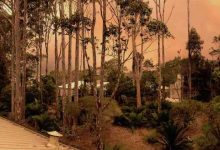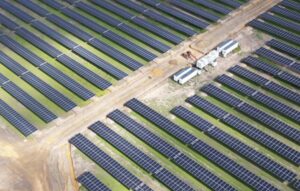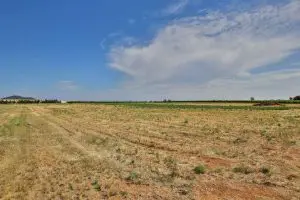We’re very fortunate. 700 metres was the closest the fire on December 31 got to us in Lilli Pilli just south of Batemans Bay on the NSW South Coast. But at the time it felt much closer. Not so lucky were many in Malua Bay 2km away, and even more in Rosedale a little further.
Mains power failed initially early on New Year’s Eve, and stayed off for two-and-a-half days. Many people in the areas mentioned still have no mains power, and are not expected to have it restored for another month. After power was restored to our place on January 3, it failed again the following day for another two days.
But we sailed through with power continuously, courtesy of our Tesla Powerwall 2 battery purchased nearly two-and-a-half years ago, and 8kW of solar panels and a 6kW inverter. The Tesla is the full back-up model, providing 5kW power in AND out, so we are able to run our all-electric house easily, though I admit we do not use the 4kW clunky air conditioner very often. It’s mostly used as a winter heater.
I’m not boasting – as I said earlier we were very fortunate. But I am trying to bring attention to the advantages of having a back-up system battery with your solar power. If we had been in an area that still does not have mains power, I’m certain the system we have would still be providing us with continuous power.
Some of our friends are using generators they were forced to purchase at high prices following the fire, which only supply a portion of their electrical needs.
During the power outages we did supply to our near locals some cold storage, cooking, boiling water and phone re-charging, and one man wanted an electric shave! I forgot to add that we have solar hot water but it did not get any mains power boost on the mains off days.
Here are two graphs showing energy usage at our house, the first on a normal cloudless summer day, the second on New Year’s Eve showing the effect of the smoke:
This Energy Usage Graph for 22 January 2020 shows solar generation for a cloudless summer day in gold. The blue above the baseline is the house consumption – the spike at 8am is cooking breakfast. Apparently we went out for dinner that day because there is no corresponding spike at 7pm. No secrets here!
The blue and green regular spikes are the refrigerator cycling. The base consumption (usually around 150 watts) is the constantly-on phone chargers, internet modem, solar hot water pump, etc, etc.
Green above the baseline is the battery discharging which stops when the solar is providing sufficient power to run the house. Green below the baseline is the battery being charged by solar which stops when the battery is full.
White below the baseline is solar energy being fed to the grid. White above the baseline (none here) is the house consuming grid power.
The Energy Usage Graph for 31 December 2019 (see below) shows the effect of the fire smoke on solar generation, particularly over the critical hour at midday when the fire went past, when there is no solar generation at all. The blue and green peaks at 8am and 6pm are cooking breakfast and dinner. There is some extra consumption at midday using the electric water pumps for house fire sprinklers as the fire went past.
Incidentally, we don’t pay for electricity any more. Though we may use extra grid power in winter for heating, we more than make up for it in summer from the feed-in tariff. Overall we have about a $200 surplus over a year.
Regarding other services, water supply was very good – we had no interruptions to supply or to quality. Eurobodalla Shire is providing a modern service. But to be careful we maintain a metal tank which we keep full for fire fighting purposes over the fire season, now September to at least April, eight months in all. How long before it’s a whole year?
If the mains water fails in a fire we have two electric pumps (one backs up the other) on the tank supply in a closed undercroft. They use the Tesla battery power if the mains have failed. That system got live tested as the fire front passed us on New Year’s Eve.
Communications were a different matter. Our landline service failed on December 28 and did not return until January 13, then failed for three more days later in January. Many more people around here who’ve had power restored still do not have a landline service, and if that is also their internet connection then it’s out too.
Mobile services are almost as bad, being non-existent in the first week of January and only now gradually getting to one bar. Mostly you need to travel to the nearest high place to receive even a poor signal, and if you live in a small valley you have nothing.
Most of us still using radios (when we could actually find a working ABC station) were reduced to screaming at the ABC announcer that we didn’t have internet and couldn’t look things up there. You certainly couldn’t call in to complain. I never thought that communications would be so bad in this day and age.
The only thing I wish we had at the time (and still want) was a battery electric vehicle – we didn’t need to go far for supplies and had plenty of fuel, but we could have ignored the problems many had in getting fuel and actually paying for it (no card payments, cash only). Cash was king in that first week, and even now some businesses with power cannot get internet services, so no card payments.
So if you were one of the unfortunate ones and lost your house, please ensure if you are rebuilding that your main roof faces north to north-east for optimum solar use and, if you can, add a solar powered back-up battery to your plans. You will not regret it.
To read the original story on RenewEconomy sister site One Step Off The Grid, click here…













